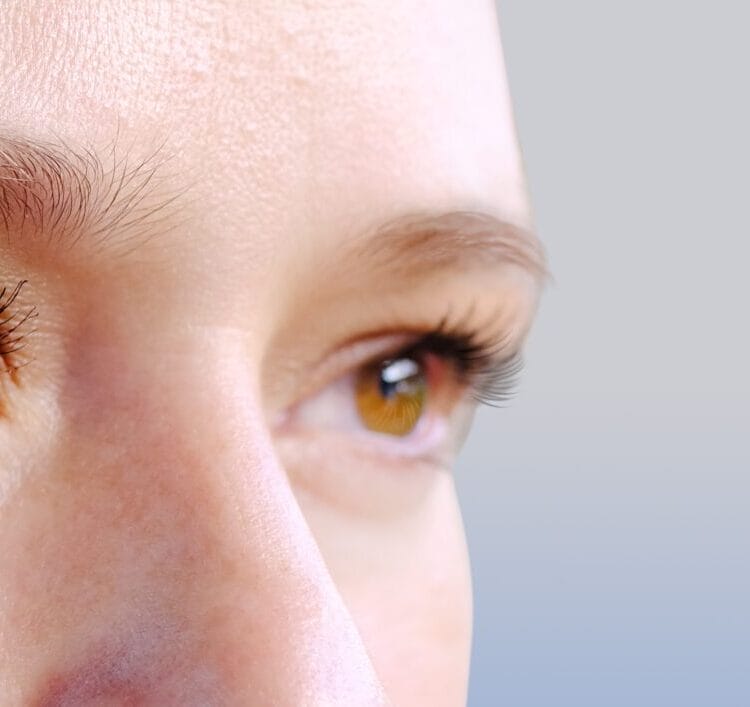EN


In the world of research and technology, eye tracking is a powerful tool offering unique insights into human behavior. Recently, a Q&A session featuring Smart Eye technology provided valuable insights into leveraging eye tracking for diverse research projects.
In this article, we distilled key takeaways from the session and provide practical insights for researchers interested in integrating eye tracking, particularly with Smart Eye, into their studies.
The Smart Eye Pro platform has proven its versatility, notably impacting driver monitoring with over 2 million vehicles utilizing its algorithms. This underscores its applicability in both research and real-world environments.
The discussion emphasized the importance of customization, distinguishing between standard eye trackers and those designed for driver monitoring. The choice depends on research goals and client preferences, with Smart Eye Pro offering adaptability for various research environments.
Understanding environmental variables is crucial. Sunlight, darkness, and vehicle vibrations can affect eye tracking system performance. Researchers are advised to consider and address these factors during planning to ensure optimal results.
Scalability and cost are significant factors in choosing an eye tracking system. The decision should align with research needs, balancing granularity and accuracy with flexibility and cost-effectiveness.
Challenges such as field of view limitations were acknowledged, with multi-camera systems suggested to mitigate data loss during varying lighting conditions.
Combining eye tracking with other sensors like EEG and motion sensing enhances research insights, offering a more comprehensive understanding of cognitive workload and human behavior. Read more about these applications with iMotions.
Positive experiences with Smart Eye’s post-sale support were highlighted, emphasizing the importance of robust support mechanisms and hands-on training for efficient technology implementation. To learn more about this process, check out this webinar all about our Smart Support.
8. Looking Ahead: Future Possibilities
The integration of Smart Eye’s eye tracking technology with other biosensors holds promise for revolutionizing research capabilities. Collaboration between technology providers and research teams will be key as eye tracking continues to evolve, offering new avenues to understand and enhance human behavior.
In conclusion, the Q&A session provided valuable insights into the practical aspects of integrating eye tracking technology. Researchers are encouraged to explore discussions with technology providers, leveraging the flexibility and advancements offered by platforms like Smart Eye. As eye tracking technology continues to evolve, it holds exciting prospects for researchers, offering opportunities to deepen our understanding of human behavior in diverse contexts.
Interested in eye tracking for your research applications? Download our Comprehensive Guide to Eye Tracking Technology here, or contact us today to discuss your research project or see a demo!
